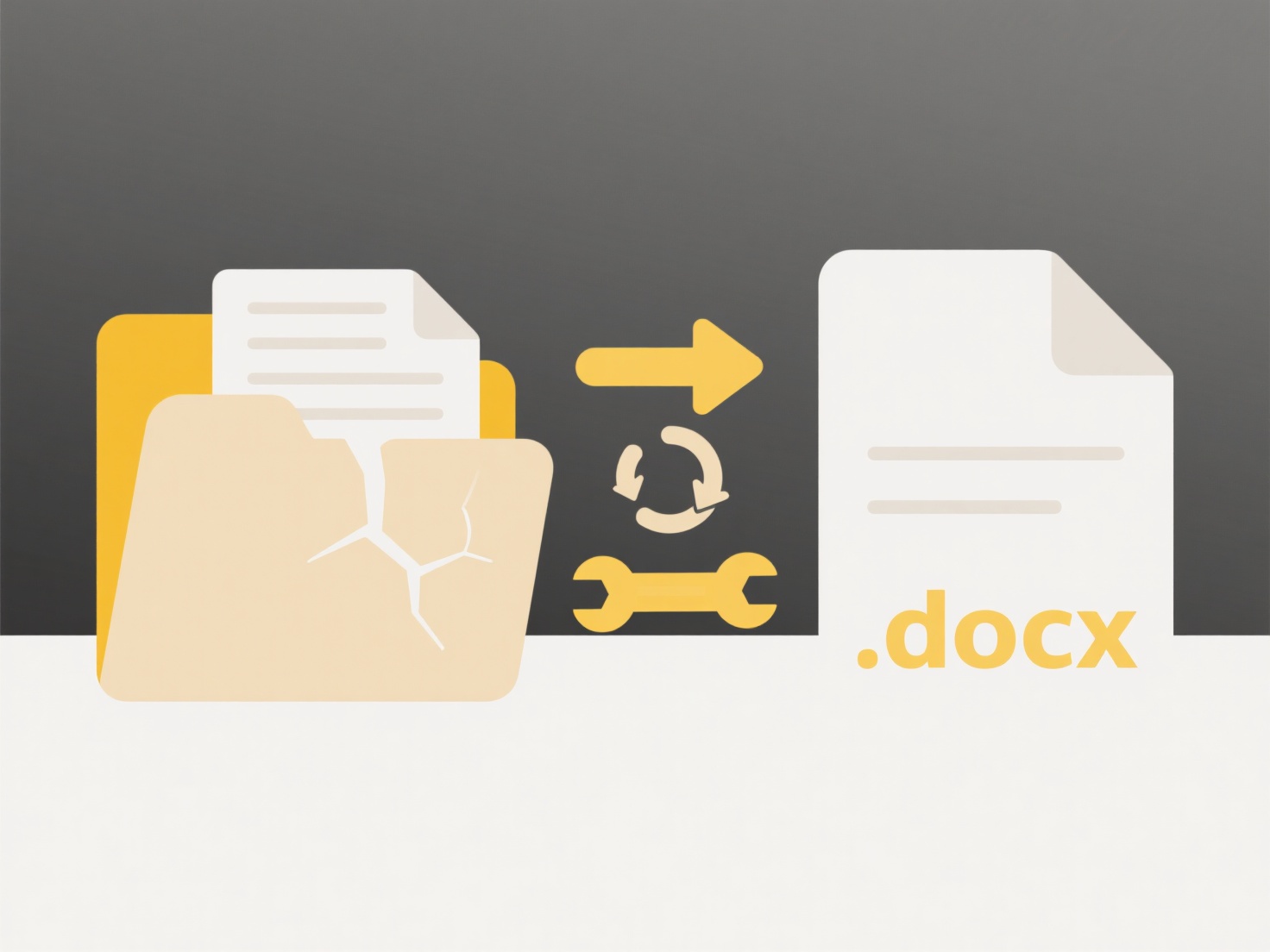
Including company or brand names in file names involves using identifiers like "AcmeCorp" or "ProductX" directly within the filename itself (e.g., AcmeCorp_Q3_Financials.xlsx). This practice provides immediate context about the file's ownership or subject matter, distinguishing it from generic naming like Financials_Q3.xlsx. It helps humans and systems quickly identify the relevant entity associated with the file content.
This approach is particularly common in fields requiring strict organization and attribution. Examples include legal teams managing numerous client contracts (ClientCo_NDA_2024.pdf) or marketing departments coordinating brand assets across projects (BrandY_SocialMedia_AdCampaign.ai). Project management platforms (like SharePoint or Google Drive) and digital asset management tools also benefit from such clarity during searches or collaborative work.

While useful for rapid identification and filtering, this practice can clutter filenames if overused or make files harder to repurpose if the brand relationship changes. Ethical considerations arise regarding trademark usage in shared external files. Automated tagging within modern digital asset management systems is reducing reliance on embedding these details directly in filenames, though it remains a practical convention for many users where immediate recognition is paramount.
Should I include company or brand names in file names?
Including company or brand names in file names involves using identifiers like "AcmeCorp" or "ProductX" directly within the filename itself (e.g., AcmeCorp_Q3_Financials.xlsx). This practice provides immediate context about the file's ownership or subject matter, distinguishing it from generic naming like Financials_Q3.xlsx. It helps humans and systems quickly identify the relevant entity associated with the file content.
This approach is particularly common in fields requiring strict organization and attribution. Examples include legal teams managing numerous client contracts (ClientCo_NDA_2024.pdf) or marketing departments coordinating brand assets across projects (BrandY_SocialMedia_AdCampaign.ai). Project management platforms (like SharePoint or Google Drive) and digital asset management tools also benefit from such clarity during searches or collaborative work.

While useful for rapid identification and filtering, this practice can clutter filenames if overused or make files harder to repurpose if the brand relationship changes. Ethical considerations arise regarding trademark usage in shared external files. Automated tagging within modern digital asset management systems is reducing reliance on embedding these details directly in filenames, though it remains a practical convention for many users where immediate recognition is paramount.
Quick Article Links
What’s the best way to name files for chronological sorting?
Chronological file naming orders files by date and time when sorted alphabetically. It achieves this by starting filenam...
Why are duplicate files not detected until too late?
Duplicate files occur when identical copies of data reside unnecessarily in a storage system. They often aren't detected...
What is a hash-based duplicate file finder?
A hash-based duplicate file finder identifies identical files by generating a unique "fingerprint" (hash) for each file'...